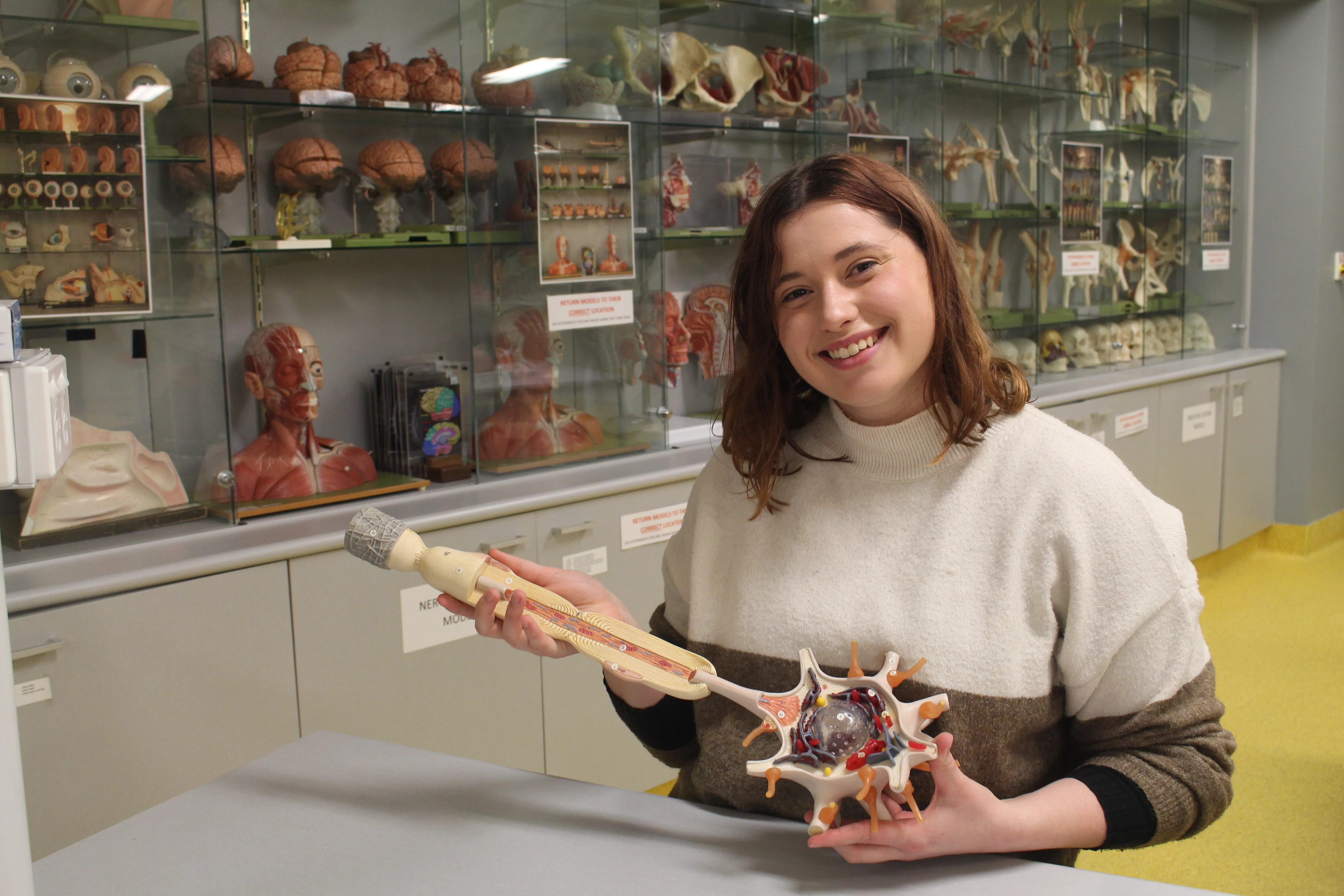Home > Scientists > 2021 > Courtney Clark

Courtney's Notable career moments
-
After year 12 began a psychology degree at university
-
Changed my university degree from psychology to medical research
-
Almost failed first year chemistry at university
-
Began an honours research project and then PhD in neuroscience
-
Last year I published my first ever research paper
-
In a few months I will have finished my PhD
About Courtney Clark
As a kid I always dreamt of doing a job that allowed me to be creative, so I never would have imagined that my love for the arts would lead me to becoming a scientist. I don’t know what exactly led to my fascination with how the brain works, but my earliest memory of researching how we tick was a project in year 5 where we were asked to investigate a topic of our choice. Having access to books about the brain at home and encouragement from my mum, I delved into something that would turn into a lifelong passion.
I was in year ten when I first thought about wanting to be a neuroscientist. But at that stage I didn’t actually know what it meant to be a neuroscientist, let alone how you become one. By the end of year 12 I had decided to study psychology, but after finding that it wasn’t hands on enough, I moved to Hobart to learn all about the body and how it works. I am now working in a lab at the Menzies Institute for Medical Research learning about the disease amyotrophic lateral sclerosis (ALS). I look at the tiny parts of our body called cells which make our brains think and muscles move. In ALS the special type of cell in our brains which control your muscles (called motor neurons) become sick. A big part of my job is growing these brain cells in a dish to look at why the motor neurons become sick in ALS and find a way to make them better by using other brain cells (called interneurons), which send messages to the sick motor neurons in the brain.